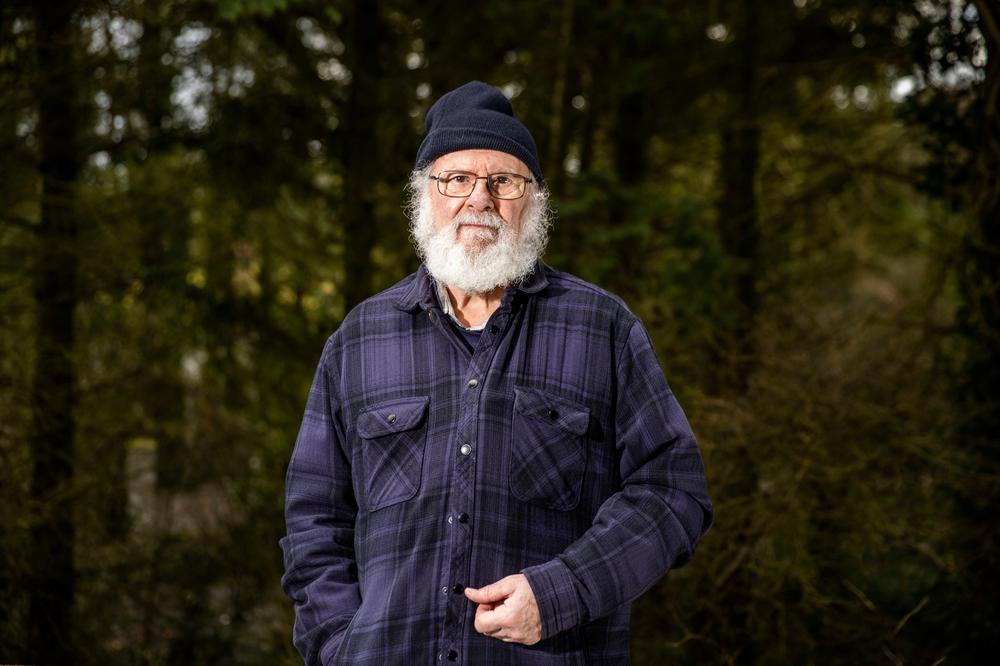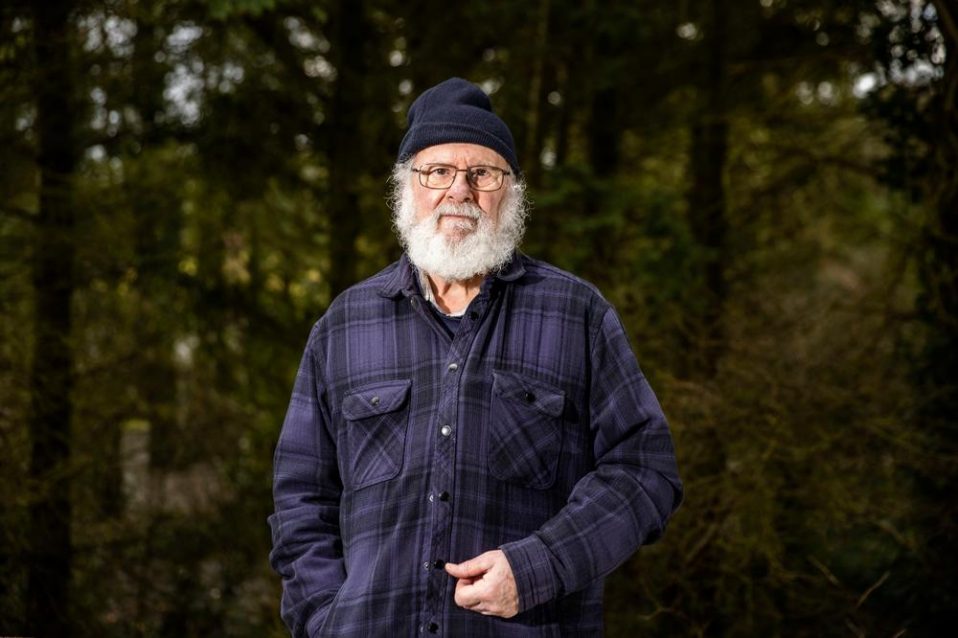25 Feb (Independent.ie).- A diver who explored a Spanish Armada wreck off the Irish coastline and helped shed new light on one of history’s turning points said it was worth all the effort and expense.
Michael McHugh, 25 Feb (Independent.ie).-
A diver who explored a Spanish Armada wreck off the Irish coastline and helped shed new light on one of history’s turning points said it was worth all the effort and expense.
Dave Atherton conducted underwater archaeology on one of the 16th century invasion force vessels sunk near the coast of Donegal – a disaster for the continent’s superpower which heralded the rise of the British Empire.
This month marks the 50th anniversary of the discovery of the remains of La Trinidad Valencera in 1971.
Its bronze cannon has pride of place at the Tower Museum in Derry as part of a new exhibition.
Mr Atherton said: “Diving in an excavation like that is archaeology, it just happens to be under 30 feet of water.
“Some people drive a car to work, other people put on a wet suit and air supply, so really diving is a means to an end.”
The Armada galleon sank in 1588 off Kinnagoe Bay.
Mr Atherton was not among those from the City of Derry Sub Aqua Club who first discovered the wreck.
He became a club member some time later and helped with the archaeology work.
He recalled: “It was an excavation conducted to the same standard as a land excavation, or as near as possible, so that really when diving you were doing a job of work.
“It is like volunteering for a land excavation, it is just that you are wearing diving gear.
“Your mind blanks out and you are focused on doing a job.”
He said the process was a great pleasure over many years.
“You felt you were doing something worthwhile and certainly the results in the Tower Museum demonstrate that.
“It was a lot of effort, a lot of time, trouble and expense, but it was worth it.”
Mr Atherton dived the site until the excavation work stopped in 1983 and subsequently wrote a book about the discovery.
His red scuba suit is among items on display in the museum.
La Trinidad Valencera was one of 120 galleons that sailed from Portugal under the flag of King Philip II in May 1588.
It set out for England following decades of hostility between Spain’s Catholic monarch and the Protestant Queen Elizabeth I of England.
Bad weather foiled the Spanish Navy’s conquest plans and the seamen were forced to escape along the north and west coasts of Ireland.
Mr Atherton said there were perhaps 24 Armada wrecks along the Irish coastline.
La Trinidad Valencera was stranded on a sandy sea floor and, as a result, many of its more delicate materials, like Ming Dynasty ceramics from China, were preserved.







Post a comment